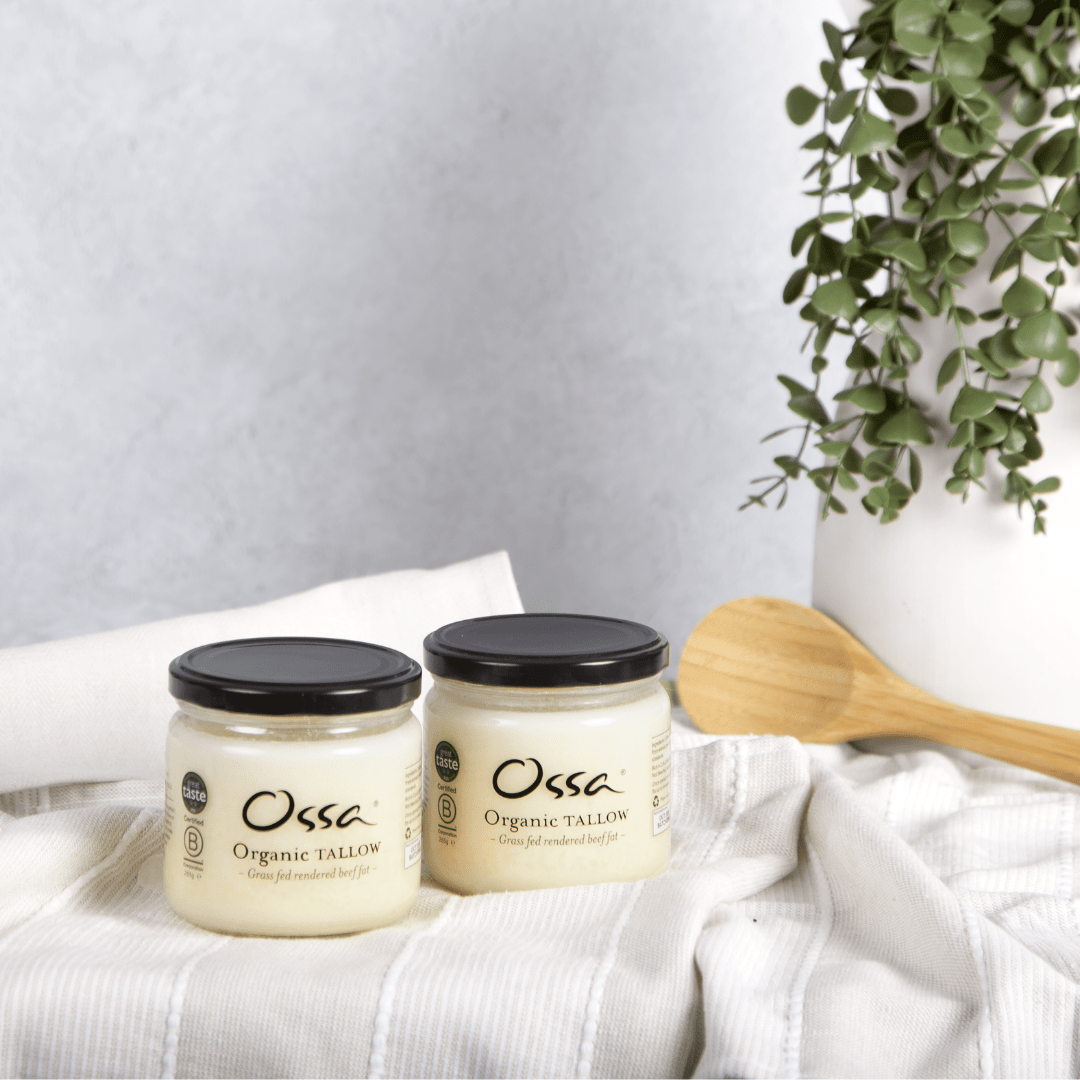In today’s fast-paced world, convenience often takes precedence over health, especially in the kitchen. Many of us rely on seed oils like canola, soybean, and sunflower oil without realizing their potential downsides. However, there’s a healthier, more sustainable option available: tallow. Let's explore the benefits of making this simple yet impactful switch and how you can incorporate tallow into your daily cooking routine.
The Downside of Seed Oils
Seed oils have become a staple in many kitchens, but their health implications are often overlooked. Here’s why you might want to reconsider their use:
- Harsh Processing: Seed oils often undergo rigorous processing methods that strip away nutrients and introduce harmful chemicals.
- High Omega-6 Content: While omega-6 fatty acids are essential in small amounts, excessive consumption can lead to inflammation and other health issues.
- Potential Toxins: The high heat used in processing seed oils can create trans fats and other toxins that are detrimental to your health.
Why Choose Tallow?
Tallow, rendered from the fat of grass-fed cattle, is a nutrient-rich alternative that offers numerous health benefits:
- Nutrient-Dense: Tallow is rich in vitamins A, D, E, and K, which are essential for overall health.
- Healthy Fats: It contains beneficial fats that support brain function and hormone balance.
- High Smoke Point: Tallow is ideal for high-heat cooking, as it doesn’t break down into harmful compounds.
- Sustainable: Utilizing tallow supports a zero-waste approach by making full use of the animal.
How to Use Tallow in Your Cooking
Switching to tallow is easier than you might think! Here are some simple ways to incorporate it into your daily meals:
- Frying: Use tallow for frying your favorite foods. Its high smoke point ensures your dishes come out perfectly crispy and delicious.
- Roasting: Drizzle tallow over vegetables or meats before roasting for enhanced flavor and juiciness.
- Baking: Substitute tallow for butter or seed oils in your baking recipes. It adds a unique richness to pastries and breads.
- Sautéing: Perfect for sautéing vegetables, giving them a delightful, nutty flavor.
Tips and Tricks for Cooking with Tallow
- Storage: Store tallow in a cool, dark place. It has a long shelf life and doesn’t require refrigeration.
- Portion Control: Use small amounts of tallow to start with, as a little goes a long way.
- Flavor Enhancement: Mix tallow with herbs and spices to create delicious compound fats for added flavor.
- Experiment: Don’t be afraid to experiment with tallow in different recipes. Its versatility makes it a fantastic addition to both savory and sweet dishes.
The Benefits of Tallow
Beyond its culinary uses, tallow offers numerous health benefits:
- Improved Digestion: The healthy fats in tallow support gut health, aiding in digestion.
- Boosted Immune System: Tallow is rich in nutrients that help strengthen the immune system.
- Enhanced Brain Function: The beneficial fats in tallow support cognitive function, helping to keep your mind sharp.
Making the Switch
Switching from seed oils to tallow is a step towards better health and more flavorful cooking. With its numerous benefits and versatility, tallow is a superior choice for anyone looking to improve their diet and cooking practices.
Cooking with Tallow
Incorporating tallow into your cooking routine can transform your meals from ordinary to extraordinary. Not only does it enhance the flavor of your dishes, but it also provides a wealth of health benefits. By making this simple switch, you’re taking a step towards a healthier, more sustainable lifestyle.
Ready to make the switch?



